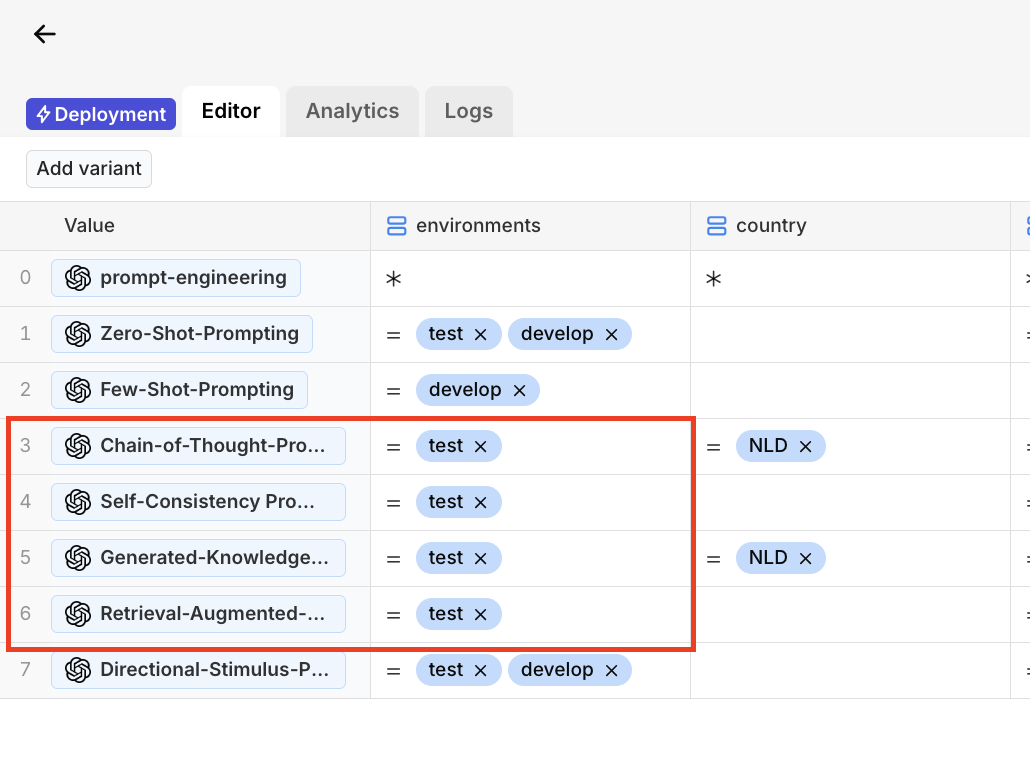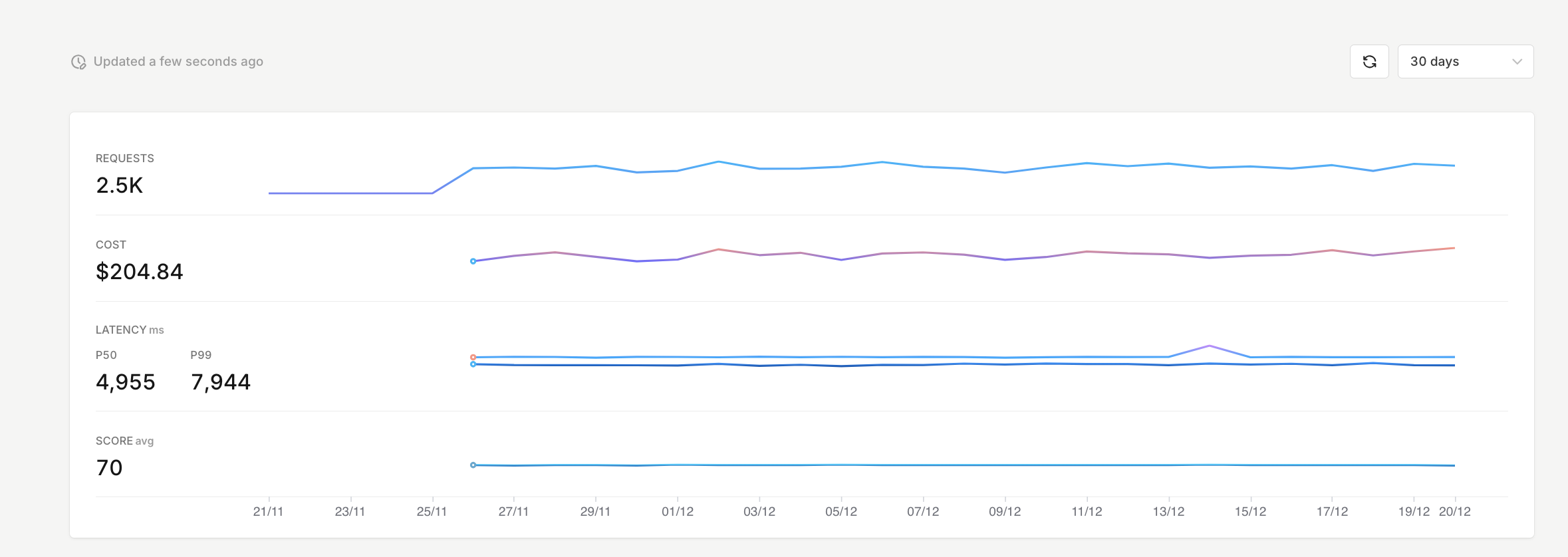Business Rules Engine
Learn about the Orq.ai business rule engine and how to perform experimentation using business rules.
Experimentation is the systematic and controlled process of conducting tests, trials, or investigations to gather data, gain insights, or validate hypotheses. We are in an age where language models are transforming the landscape of artificial intelligence, and experimentation emerges as the compass that guides these processes.
With experimentation at the forefront, we equip ourselves with the tools to harness the true potential of these models while navigating the ethical, practical, and creative dimensions that lie ahead.
Here's how Orquesta can help perform experimentation using business rules:
- Variance and contexts.
- Internal testing.
- Getting feedback.
- Analytics.
- Real-world testing.
- Variance and contexts
The first thing worth mentioning is that Orquesta provides variance and context for all business rules on the platform. You can easily create a single Orquesta application with several prompts with different variances based on custom contexts.
Variants and contexts
The first thing worth mentioning is that Orquesta provides variance and context for all business rules on the platform. You can easily create a single application in Orquesta and have several prompts with different variances and contexts.

Internal testing
Internal testing, also known as in-house testing or quality assurance (QA), systematically assesses and evaluates the language model's performance, capabilities, and adherence to predefined quality standards before its deployment or release to external users or the real world. You can perform internal testing with your team multiple times on the dev before shipping to production and test new features before pushing them to beta users.

As seen in the screenshot, the environment is set to test, making it easier for project managers to understand the experimentation stage.
Benefits of internal testing include:
- Reduced risk: Internal testing reduces the risk of releasing a faulty product or system that could damage the organization's reputation.
- Feedback loop: Internal testing establishes a feedback loop between development and testing teams, fostering collaboration and knowledge sharing.
- Faster deployment: Catching and resolving issues early accelerates the development process, enabling faster deployment of products or updates.
- Cost savings: Identifying and fixing issues internally is often more cost-effective than addressing them after a product is released to external customers.
- Improved user experience: Internal testing ensures a better user experience by uncovering usability and performance issues.
- Enhanced product quality: Internal testing helps identify and rectify defects early in development, resulting in a higher-quality product.
Getting feedbacks
Feedback is very important; it is a critical element that plays a pivotal role in shaping and improving the model's performance and user experience. After serving different prompts and getting feedback, the scores, responses, and other metrics are selected, and the best can be deployed. All team members or the quality assurance team can check the prompts and give feedback.
Common reasons for getting feedback include:
- Error Correction: Feedback enables the organization to correct errors and improve the accuracy of language models. Users reporting inaccuracies contribute to model refinement.
- Bias detection: Feedback helps detect and address language model bias. Users can report instances where the model produces biased or discriminatory content, prompting corrective actions.
- Identification of weaknesses: Feedback helps identify weaknesses or limitations in language models. Users can point out instances where the model produces incorrect or biased results.
- Ethical evaluation: Feedback provides a channel for ethical evaluation and discussion. It allows teams to address concerns related to content generation and potential misuse.
Analytics
Orquesta’s intuitive dashboard allows you to show business rules and metrics, and then enrich them with charts and graphs on the platform. You can view your total requests, costs, P50, P99, and average score in the chart trendline.

Real-word testing
You can perform experimentation and testing with real-world data within Orquesta. Testing with real-world data for the purpose of experimentation is an integral component of data-driven decision-making.
Some of the reasons for testing include:
- Adaptation to Real Data: Practical testing incorporates real-world data and scenarios, making adapting language models to the nuances of diverse user inputs and requirements easier.
- Contextual Adaptation: Language models must often adapt to different contexts and industries. Real-world testing in specific domains or industries helps fine-tune the model's responses for more relevant and context-aware output.
- User experience enhancement: By simulating real interactions with the language model, practical testing helps understand user needs and preferences. This information can be used to tailor the model's responses for a more satisfying user experience.
Updated 12 days ago